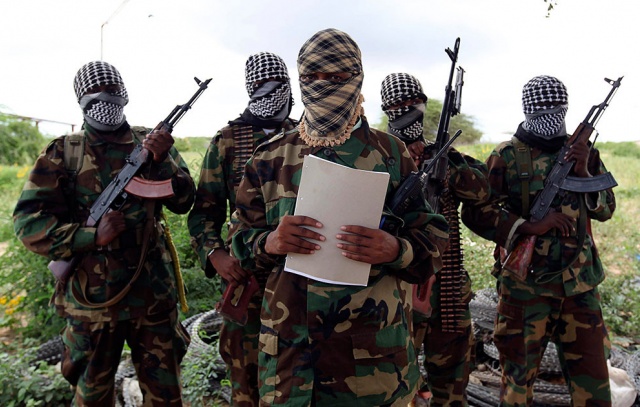Said Swaleh Said Awadh, a young man from Mombasa, shocked his family when he was arrested trying to cross into Somalia and become an Alshabab fighter. He was in the company of others among them a Malindi born female University student. His family was to learn that he was suspected of many terror activities among them the killings of moderate clerics in Mombasa. The case of the young lawyer that led the Garissa attack is also still fresh in the minds of many.
A recent press conference by Muslim leaders in the country had them admitting that there were indeed religious leaders who were in the business of inculcating extremist ideologies in their congregations. This, they said, took place in mosques, madrasas and other religious establishments.
But radicalization is not limited to the places of worship or religious establishments. If there is anything we have learnt from the Garissa massacre is that the long standing image of a poor, desperate and under-educated youth as the prime risk for radicalization, is fading. Now, even the most educated can just as easily be brainwashed as the next young man on the street.
“It is funny. In the past, we thought only desperate and unemployed youth signed up to join Al-Shabaab. Recent activities have however shown us differently. Now, even educated young men with promising futures can join.” says Idris Dekow, a former student leader in Mombasa.
“It is worrying that people I have studied with for years in the university have as much chance of joining as the jobless youth out there in the streets.” he adds.
Mombasa Governor Ali Joho hinted that Coastal leaders are looking at ways to minimize radicalization through extremist religious teachings. His Lamu counterpart, while agreeing that radicalization is a problem affecting the whole coastal region, added that it was upon the counties to come up with ways of motivating the problem. Mvita MP Nassir said rehabilitation is in order.
“We will do everything within our means to ensure an end to this menace. Those youths who need rehabilitation we will rehabilitate them for free.”
He was speaking during the rewarding of Lamu County’s Traffic Inspectorate officers at the Mombasa County Stadium in Tononoka.
As it stands, the government has granted amnesty to Alshabab members that surrender. The county commissioner has already hinted there will be surrenders soon.
“We are expecting a big number of youth to surrender; currently we have a figure of about 49 whom we expect to surrender within this week,” he said.
It isn’t clear yet how the amnesty will work as Sheikh Mohamed Osman, a cleric from Eastleigh was quoted saying
“Instead of going to the government – which I believe they will not do – we want them to come to us and we start rehabilitating them, cleansing them, giving them the right religion.”
However, some of the youth are not amused with the government’s offer. They harbour deep grievances from past events. One youth said,
“whenever there is a crime in Mombasa or a terror attack, they park police lorries in Kibokoni and Bondeni then arrest all the young in sight indiscriminately. After that we have to look for money in order to get out.”
“How would you feel to see your old widowed mother struggle to raise money to get you out? Will you then leave the cell and embrace the police?” , he asks.
As the government works with Muslim clerics to counter the radicalization surge, Mombasa residents are hoping for better. Ally, a small business owner blames radicalization for the woes in the Majengo area.
“I have lived here for more than 25 years and this was one of the most peaceful areas in Mombasa. Now, we hear of people being knifed as they walk in the street by youth.”


